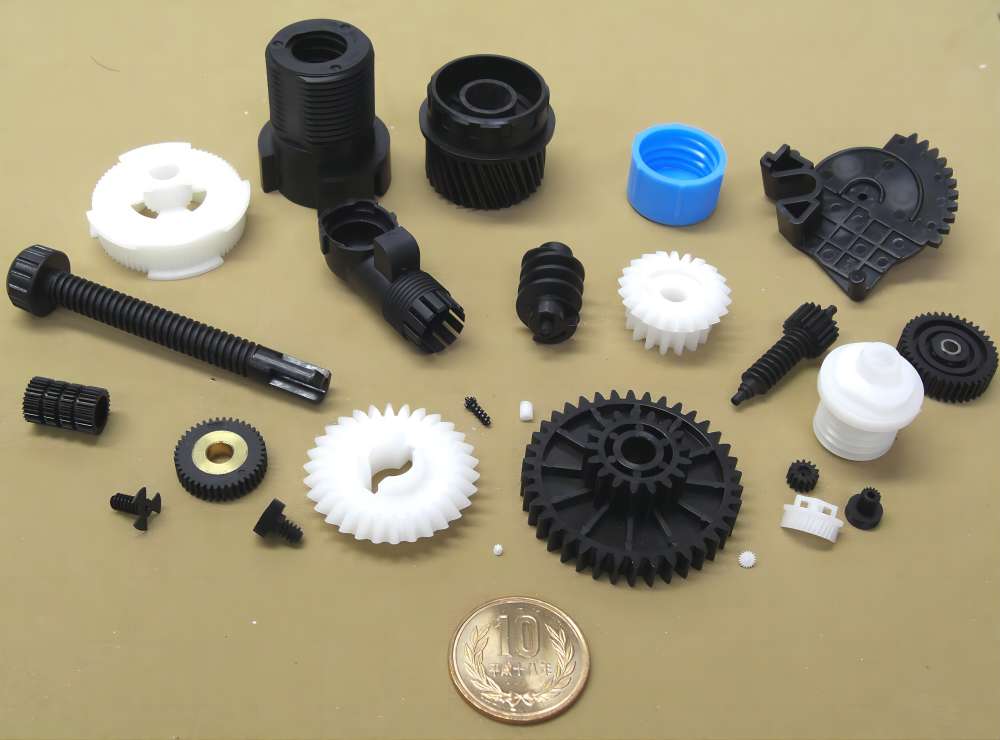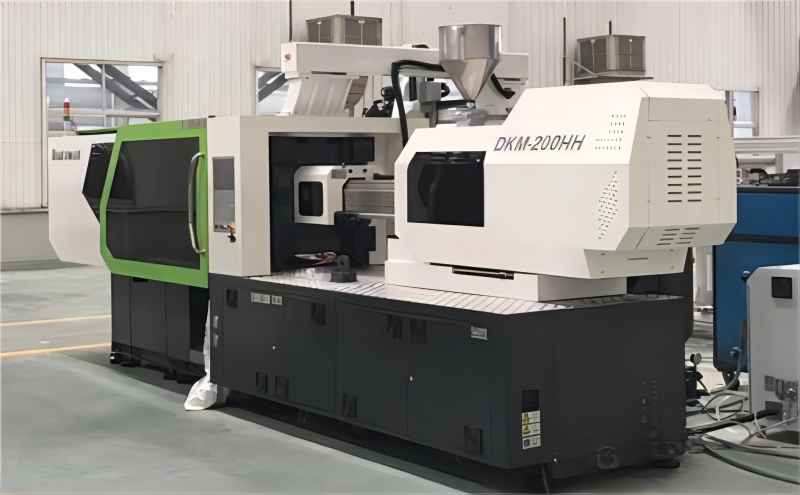Injection molding manufacturing process involves injecting molten plastic into a mold cavity to produce intricate and precise parts. Renowned for its capacity for high production rates, excellent repeatability, and ability to manufacture parts with complex geometries, injection molding offers numerous advantages. However, achieving optimal results requires careful consideration of various factors, including cycle time, shrinkage, and troubleshooting common issues that may arise during production.

Understanding Cycle Time:
Cycle time in injection molding refers to the duration required to complete one injection molding cycle, encompassing the injection of plastic material into the mold, cooling, and ejection of the finished part. This crucial parameter is influenced by several factors:
Part Complexity: Parts with intricate geometries or complex features may necessitate longer cycle times to ensure proper filling and cooling.
Material Type: Different plastic materials have distinct flow properties and cooling characteristics, impacting cycle times.
Mold Design: The mold's design and configuration, including the number of cavities and gating system, affect cycle time.
Machine Capability: The injection molding machine's specifications, such as injection speed and cooling capacity, influence cycle times.
Determining cycle time involves optimizing the injection molding process by adjusting parameters like temperature, pressure, and flow rate. Trial runs are typically conducted to identify the most efficient settings for achieving the desired cycle time while maintaining part quality.
Calculating Shrinkage Factor:
Shrinkage is the dimensional change that occurs in a part as it cools and solidifies after injection molding. Calculating the shrinkage factor is crucial for designing molds and predicting the final dimensions of the molded part. The process involves:
Measuring Part Dimensions: Measure the dimensions of the finished part using precision tools.
Determining Mold Dimensions: Measure the dimensions of the mold cavity.
Subtracting Dimensions: Calculate the difference between the part dimensions and the mold dimensions to determine shrinkage.
Calculating Shrinkage Factor: Divide the shrinkage by the original dimension to obtain the shrinkage factor.
Performing trials with different materials and processing conditions is essential to accurately determine the shrinkage factor for specific parts.

Troubleshooting Common Issues:
Injection molding may encounter various challenges during production, including warping, sinking, short shots, flashing, and jetting. Addressing these issues requires a systematic approach:
Identify Root Causes: Determine the underlying factors contributing to the problem, such as mold design, material properties, or processing parameters.
Adjust Parameters: Modify injection speed, pressure, temperature, or cooling time to optimize process conditions.
Enhance Mold Design: Improve mold venting, gate design, or part geometry to alleviate issues like flashing or short shots.
Implement Quality Control: Regularly monitor process parameters and inspect parts for defects to detect and address issues promptly.
By understanding these key aspects of injection molding and implementing effective strategies, manufacturers can produce high-quality parts that meet specifications, maximize efficiency, and minimize production costs. Consistent monitoring, analysis, and optimization of the injection molding process are essential for achieving success in this versatile manufacturing method.





Comments (0)